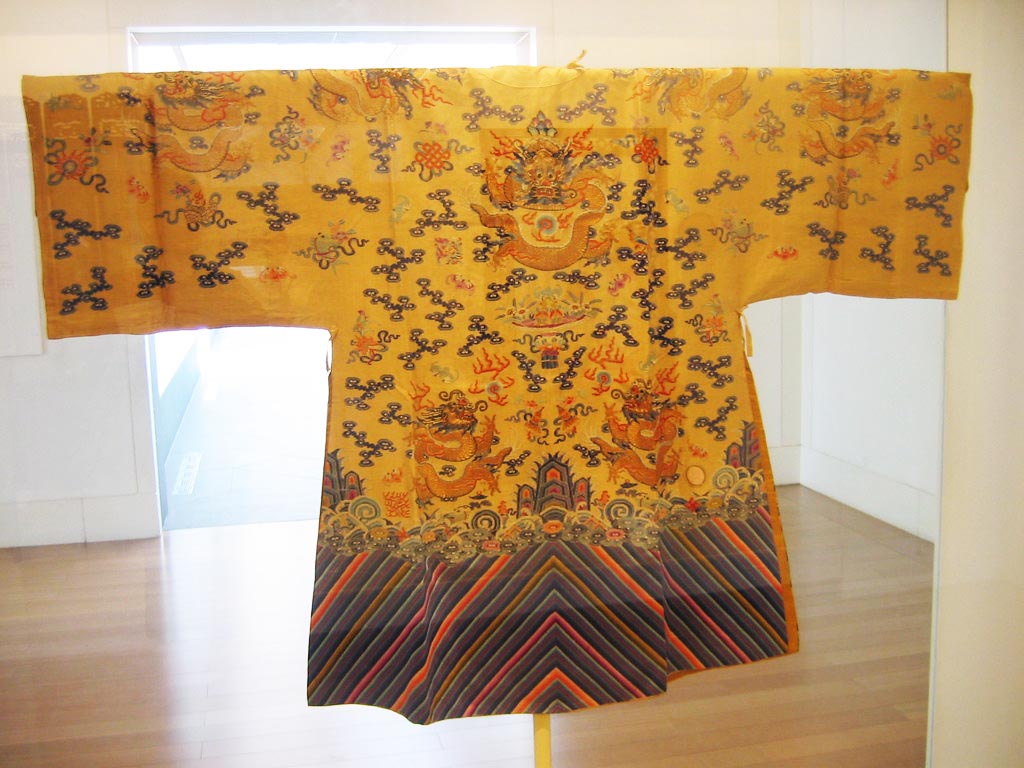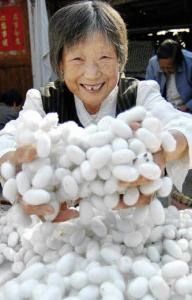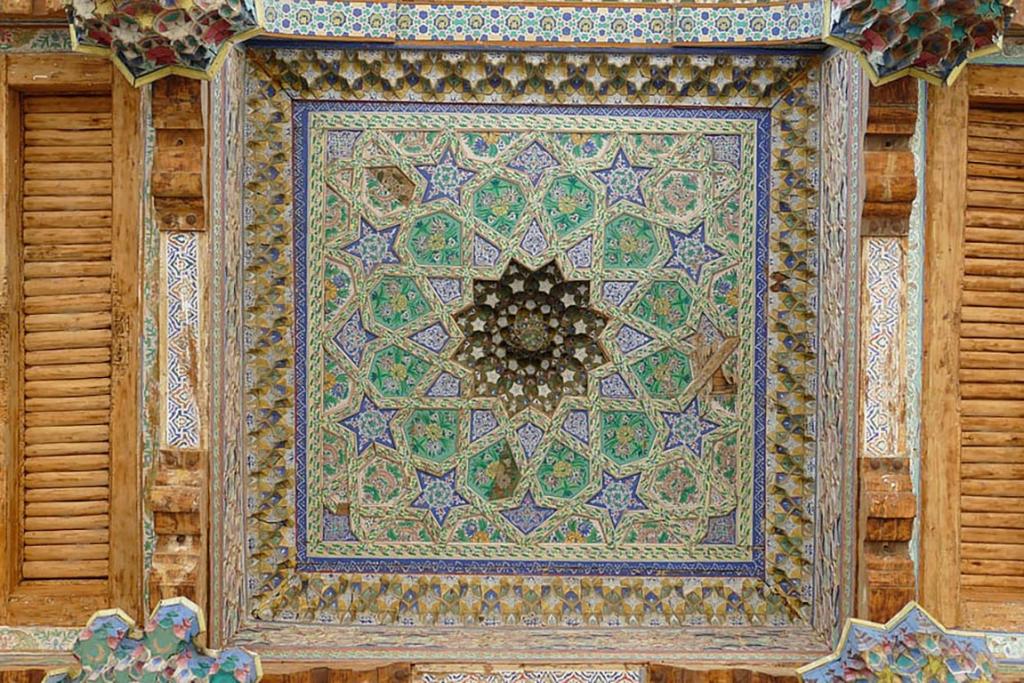To be close to our Chinese friends who are now fighting an "evil" virus, we’ve decided to tell some of their stories, not to forget. Stories of greatness, craftsmanship, technological ability, and great charm.
China has such a particular history that many of its traditions are part of UNESCO's Intangible Cultural Heritage, and therefore belong to all of us as human beings.
We are going to start from the traditions that for centuries have been handed down from generation to generation: sericulture and silk craftsmanship of China, a UNESCO heritage since 2009.
The silk’s legend
According to an ancient Chinese legend, dating back more than 5,000 years, Empress Xi Ling Shi, or Lei-Tsu, the wife of Emperor Huang Ti (also called the Yellow Emperor, who lived around 3000 BC), was sipping a cup of tea under a mulberry tree, when a cocoon accidentally fell into her cup, and began to lose cohesion, showing the threads of which it was made.

The Empress immediately fell in love with those threads so shiny and resistant, realizing that they could have been woven. But not only that: having removed the cocoon, she noticed that a silkworm was hiding inside it, and that it was eating the leaves of the mulberry tree that grew in her garden. So, instead of getting rid of the caterpillars, she asked her husband permission to plant mulberries to grow silkworms.
Thus, not only Lei-Tsu became the discoverer of silk, but also the first sericulturist and inventor of the silk drawloom. The legend also says that she was the one who taught other women in the court to weave the silkworm cocoon.
The Empress, thanks to these important discoveries, raised to the pantheon of Chinese deities, with the name "Mother of the silkworm", Can Nai Nai.
Today, thanks to archaeological discoveries, the legend and tradition are confirmed by ancient silk finds brought to light from sites of the Late Neolithic culture of Liangzhu, which flourished in China between 3,300 and 2,200 BC.
Sericulture and silk craftsmanship have traditionally played a very important role for women, especially in the economy of rural regions. They were handed down within families through apprenticeships, with techniques often widespread within local groups.

The manufacture of silk is complex and includes several stages: planting mulberry, raising silkworms, unreeling silk, making the thread, and designing and weaving fabric. Near the beginning of the lunar year, the Chinese New Year, silkworm farmers invite artisans into their homes to perform the story of the Goddess of the Silkworm, to ward off evil and ensure a bountiful harvest. Then, every April, female silkworm farmers adorn themselves with colorful flowers made of silk or paper and make harvest offerings as part of the Silkworm Flower festival.
The life cycle of the silkworm is then metaphorically seen as a representation of the life, death, and rebirth of human beings. In the ponds surrounding the villages, the remains of the silkworm are used to feed the fish, while the mud from the ponds fertilizes the mulberry trees and the leaves, in turn, feed the silkworms.
A true circle of life.
The Silk Road
"The Silk Road" points out the set of caravan and trade routes that connected East Asia, and in particular China, to the Near East and the Mediterranean basin.
Silk began to exit with some regularity from China, jealous guardian of the secret of its processing, at the end of 200 BC, both as part of the goods raided by the nomads following their incursions on Chinese territory and as an official gift sent to the nomad chiefs by the first emperors.

The Silk Road ran for about 6,500 km in length, and went from eastern China to the Mediterranean following the Great Wall of China, climbing the Taklamakan desert (located almost entirely in the autonomous region of Xinjiang) climbing the Pamir mountain range, crossing modern Afghanistan, with an important trading market in Damascus. From here the goods were shipped across the Mediterranean Sea.
In 200 BC Korea saw the birth of its silk industry, thanks to Chinese immigrants who had settled there. In 300 AD sericulture had spread to India, Japan, and Persia. In 550 AD silk reached Europe through the Byzantine Empire.
According to a legend, the monks of the emperor Justinian smuggled the silkworm eggs in Constantinople (today's Istanbul), inserting them in hollow bamboo canes. Even for the Byzantines, as for the Chinese, the weaving and marketing of silk fabrics represented an imperial secret.
In 600 AD, the Arabs conquered Persia and confiscated their magnificent silks, effectively allowing the spread of sericulture and silk weaving across Africa, Sicily, and Spain.

Spain has been the main silk production center in Europe for years until 1200 when Italy became the protagonist of silk production. Venetian merchants based their commercial fortune on the exchange of silk fabrics and encouraged silk growers to settle in Italy.
In the last century, 1900, there has been a fall of the silk industry in Europe due to the presence of economic silk, especially the Japanese silk, the opening of the Suez Canal, the advent of nylon artificial fiber and the two world wars. After the Second World War, silk production started again in Japan thanks to favorable state policies.
Often history follows its principles and origins. Today China has regained dominance in the production and export of silk. And the quality of their silks is unmatched in the world.
Let yourself be caressed by the silk and we will return to visit China.








Follow us